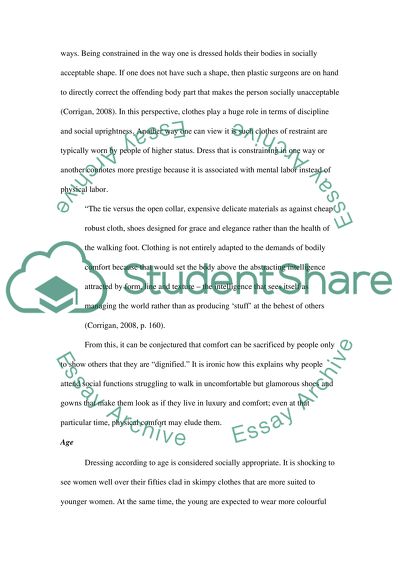Cite this document
(“How Social Views Shape the Way We Dress Essay Example | Topics and Well Written Essays - 2000 words”, n.d.)
Retrieved from https://studentshare.org/sociology/1455707-the-need-for-clothing-is-functional-both
Retrieved from https://studentshare.org/sociology/1455707-the-need-for-clothing-is-functional-both
(How Social Views Shape the Way We Dress Essay Example | Topics and Well Written Essays - 2000 Words)
https://studentshare.org/sociology/1455707-the-need-for-clothing-is-functional-both.
https://studentshare.org/sociology/1455707-the-need-for-clothing-is-functional-both.
“How Social Views Shape the Way We Dress Essay Example | Topics and Well Written Essays - 2000 Words”, n.d. https://studentshare.org/sociology/1455707-the-need-for-clothing-is-functional-both.


